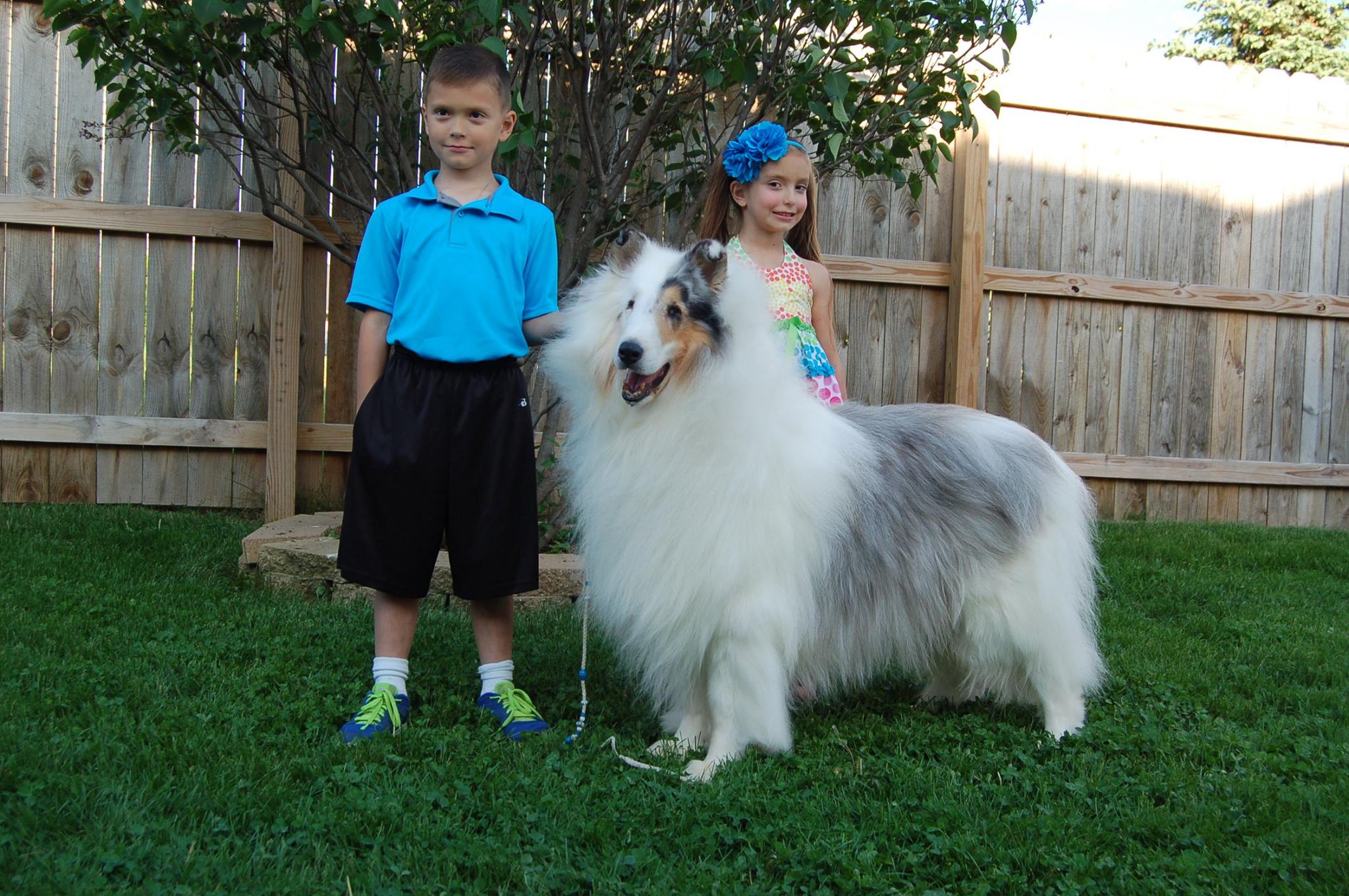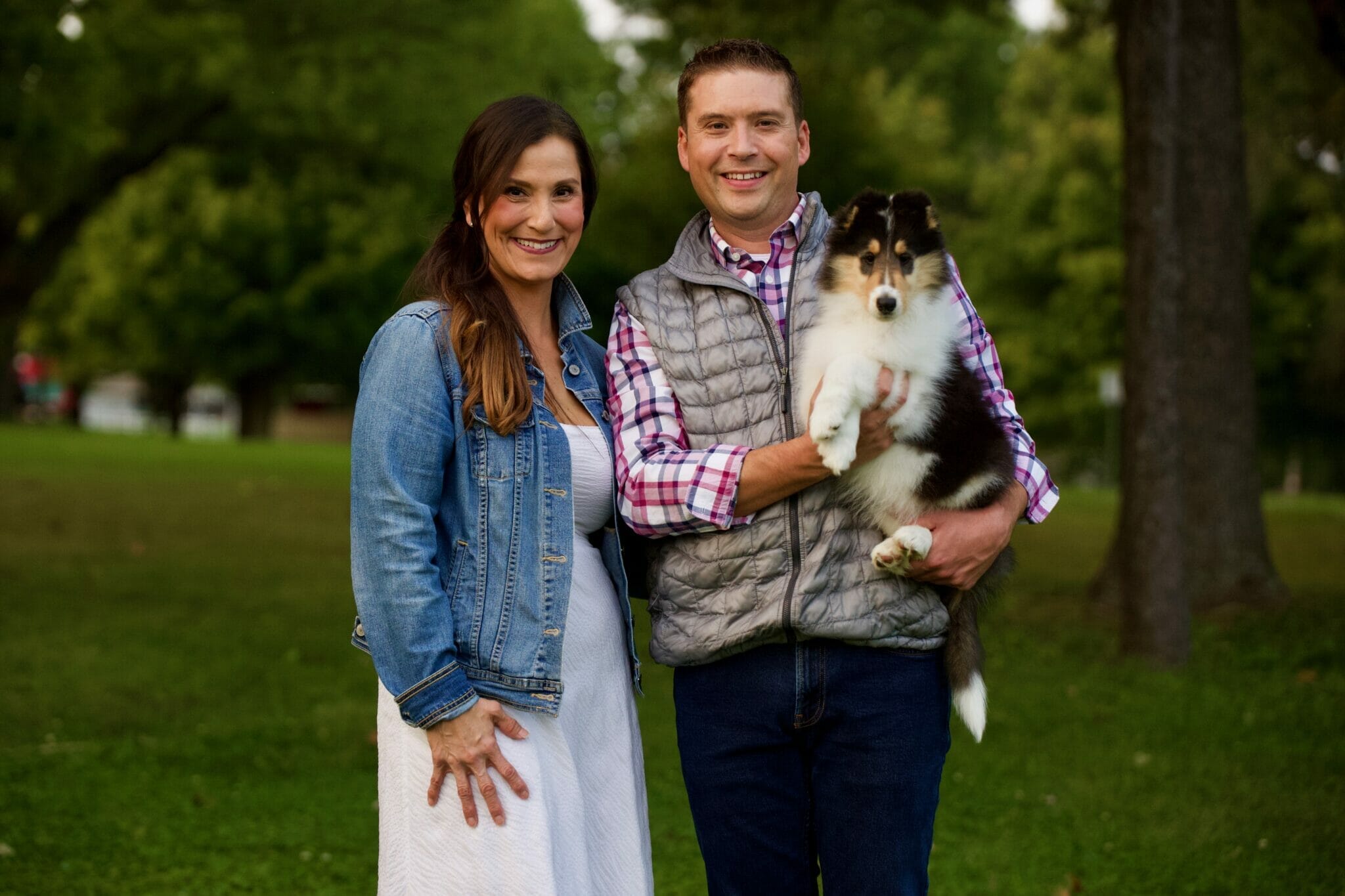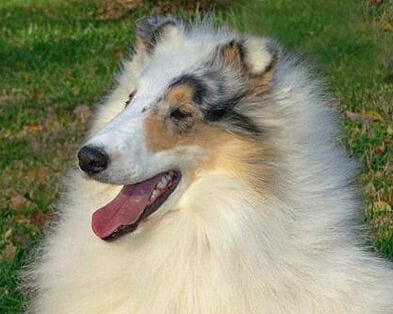
Our Position on Breeding Merle-to-Merle in Collies
The breeding of merle-to-merle is not a frequently discussed topic among Collie breeders. The practice has been utilized occasionally since the early days of the breed. It was typically done by experienced breeders to set or improve breed type, generally when the individual dogs represented the finest perceived phenotypical and genotypical match for each other.
We advise our fellow conservationist Collie breeders to refrain from breeding merle to merle.

In 2006, we did a blue merle-to-sable merle breeding that resulted in our Wyndlair Avalanche, ROM. The breeding was done for the purpose noted above, and the result was a dog that was undoubtedly the most dominant and influential sire in our program’s history. Having bred, owned, and lived with one of the most well-known double dilute in the breed has allowed us to experience both the positives and negatives associated with them. People often assume what our position is on breeding merle-to-merle. We are in a unique position to speak to the practice as it relates to the modern-day breed.

Aiden proved to be an extremely dominant producer, precisely what we hoped for from breeding our two finest Collies together. The accomplishments of his progeny in the first and second generations were nothing short of remarkable. He was a typesetter, and 15 years following his birth, his descendants can still easily be identified in the show ring with several regularly appearing in the Top 10 national rankings. His incredible impact transformed our breeding program.
However, we also had to endure several attacks from outside the Collie breed related to Aiden’s color. He had several stories written about him comprised of half-truths, speculation, and slander. None came from sources with any personal knowledge of him, of us, or our breeding program. It was at the dawn of social media, and people had a new and powerful medium through which to voice their opinions. It wasn’t pleasant to hear accusations leveled at our family from unknown individuals maligning our ethics and character. However, we knew our motives were just and focused solely on breed advancement. We continued forward with our breeding program built upon Aiden’s progeny. We appreciated the Collie breeder community that strongly supported him and the several top breeders that utilized him in their own breeding programs.
Aiden lived a good long life, and several years have now passed since his passing. We remain grateful for him and everything he gave us and would not change any decision we made nearly 15 years ago. However, we would not consider doing another merle-to-merle breeding. Beyond the possibility of producing double merles, there are additional considerations now in this current world.
The first and most significant is the potential for false assumptions, confusion, and misunderstandings about double merles – specifically from outside the Collie breed. That was something we dealt with frequently during Aiden’s life. Some stated Aiden was bred to produce 100% blue merle offspring. Those with an understanding of genetics know that is only the case when a blue merle double dilute is bred to a tri-color – something we’ve only owned one or two of in the past 15 years. If that were the intent, we wouldn’t have bred his dam to a sable merle, where the likelihood is that 50% of the offspring would be sable. We aren’t aware of Collie breeders who select breedings with the primary objective of getting a specific color. Color is immaterial in the Collie breed, with improving breed type, structure, health, and temperament being much larger priorities.
Second, in several breeds (not Collies), research indicates an increased propensity for health issues associated with the merle gene. The breeding of merle-to-merle in those breeds is a risky practice, potentially doubling up on health risks. While not a problem in the Collie breed, many misunderstand this issue and incorrectly believe merle Collies are also afflicted. From a public relations standpoint, that brings increased scrutiny to any breeder working with the merle gene.
Finally, in a day and age where purebred preservationist breeders are under increasing attack from the animal rights and adopt-don’t-shop proponents, it is crucial to avoid any situation that can open breeders up to increased scrutiny or malignment. We must continue to raise what is already a high bar for responsible breeding practices to make sure we model and demonstrate the highest standards of behavior.
Every breeder is entitled to make their own decisions in their personal breeding program. However, we would advise our fellow conservationist Collie breeders to refrain from breeding merle to merle. While select merle-to-merle breedings have improved the breed throughout breed history, we now live in a different and changing world. Ethics and integrity have always been of the utmost importance for responsible breeders. Now, any activity that could be confused or misconstrued as impropriety should be avoided.
The Collie is an incredible and wonderful breed. Our dedication to its preservation and advancement is paramount. As breeders, let’s strive always to keep it in a positive light.